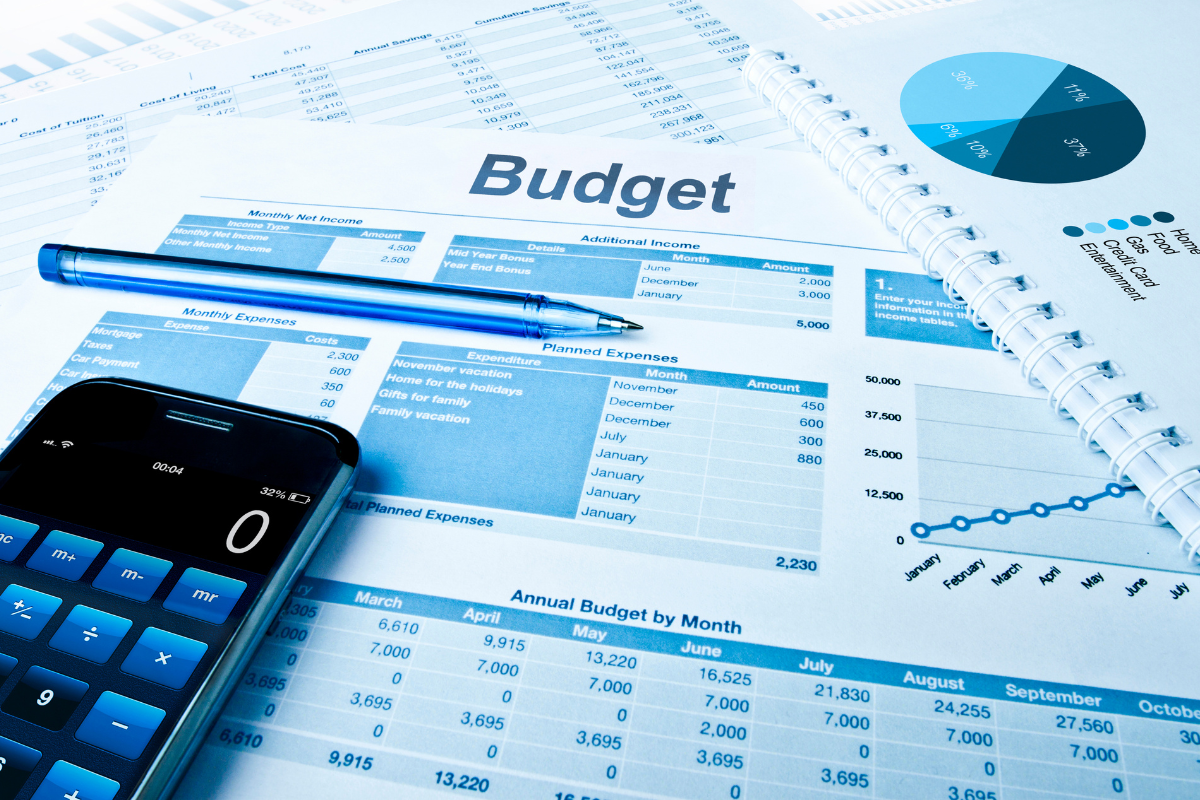In Singapore, the cost of living can sometimes feel like it’s riding the express train on the Downtown Line—constantly climbing, with little chance to alight. From $7 cold brews at the latest hipster café to the irresistible 11.11 sales on Shopee, temptations are everywhere. In a society where “YOLO” and “treat yourself” are part of the daily vocabulary, budgeting isn’t merely a sensible habit—it’s an essential survival skill.
Yet, telling a Singaporean to “track your spending” or “make a list” can sound about as inspiring as telling them to “queue up nicely” at lunchtime. We already know it. What we need is a budgeting framework that speaks our language—one grounded in our food culture, commuter logic, and “kiasu” instincts.
That’s where the Financial Hawker Guide comes in: a uniquely Singaporean way to budget that’s practical, relatable, and even a little bit fun.
The “Hawker Centre” Budget: Your Income, Your Stalls
Think of your monthly income as the food credits you bring to a hawker centre. Each stall represents a different spending category:
- Housing & Utilities Stall – Your biggest plate, often taking the lion’s share of your credits.
- Transport Stall – From your EZ-Link top-ups to the occasional Grab ride.
- Food Stall – Whether you’re sticking to $4 chicken rice or splurging on omakase.
- Savings Stall – The one stall that doesn’t immediately feed your stomach, but nourishes your financial future.
- Lifestyle & Entertainment Stall – Movies, hobbies, shopping, and your latest gadget cravings.
The key lesson? Your budget, like your hawker credits, is finite. If you blow half your credits on premium wagyu beef at one stall, you’ll have to settle for plain kaya toast at the rest.
Pro tip: Always “dabao” your savings first. Just as you might takeaway a packet of nasi lemak for later, put aside your savings the moment your salary arrives. This keeps you from “accidentally” eating into your future funds.
The MRT Commute Analogy: Planning the Journey
In Singapore, getting from Punggol to Jurong isn’t just about hopping on the nearest train—you need to know which line to take, when to transfer, and where to avoid peak-hour chaos. Your financial journey works the same way.
Your “destination” could be:
- Buying your first BTO flat
- Retiring comfortably at 55 (or earlier, if you’re ambitious)
- Building an education fund for your children
The “MRT lines” are your investment channels—stocks, CPF top-ups, ETFs, or even a side hustle. Sometimes, you’ll need to make “transfers” in your career to boost income. And just like in real commuting, shortcuts aren’t always worth it—taking a Grab every day might get you there faster in the short term, but will empty your fare card long before you arrive.
Pro tip: Just as you avoid unnecessary detours, avoid financial “transfers” that cost you more in fees than they’re worth. Keep your route efficient.
“Kiasu” with a Twist: Fear of Losing Out… on Savings
“Kiasu” is practically part of our national DNA. But instead of applying it to queueing for bubble tea or snatching up concert tickets, channel it into your financial life.
Here’s how to be “kiasu” about your money:
- Bank Promotions: Compare savings accounts like UOB One, OCBC 360, and DBS Multiplier to get the best interest rates.
- Cashback Hunting: Use platforms like ShopBack and Fave to earn rebates on your purchases.
- CPF Maximisation: Voluntary top-ups can boost your retirement savings and lower your taxable income.
- Voucher Stacking: Combine bank credit card promos with merchant vouchers during mega sales.
By reframing “kiasu” from spending opportunities to saving opportunities, you can turn a cultural quirk into a wealth-building tool.
The “HDB Flat” of Financial Security: Build Your Emergency Fund
An emergency fund is like your personal HDB flat—it’s your foundation. Without it, you’re at the mercy of landlords (credit cards, personal loans) who can raise the “rent” (interest rates) at any time.
Aim for at least three to six months’ worth of expenses in an easily accessible high-interest savings account. This is your buffer against life’s unpredictable “renovation costs”—medical bills, job loss, or urgent travel.
Pro tip: Treat your emergency fund as sacred. You wouldn’t rent out your HDB master bedroom to a stranger unless absolutely necessary—likewise, don’t tap your emergency fund unless it’s truly urgent.
Smart “Chope-ing” of Your Salary: Reserve Before Spending
In hawker centres, a packet of tissue signals “This seat is taken.” In budgeting, “chope” your savings first before touching your spending money.
Here’s how:
- Automate Transfers: The day your salary arrives, set an automatic GIRO transfer to your savings or investment account.
- Lock-In Goals: If you’re saving for a wedding, home renovation, or holiday, open a separate account so you can’t “accidentally” spend it.
- Use Sinking Funds: Allocate small monthly amounts for predictable but irregular expenses like insurance premiums or festive spending.
This “first dibs” approach ensures your financial priorities are always secured—no scrambling for space when it’s too late.
Financial Wellness as a National Service
Every Singaporean son does his National Service; think of financial discipline as your personal National Service to your future self.
Here’s your “enlistment checklist”:
- BMT (Basic Money Training): Learn the fundamentals—budgeting, compounding interest, and debt management.
- IPPT (Income Protection, Planning, and Taxes): Get insurance coverage, build your CPF, and optimise for tax relief.
- ORD (Ongoing Resource Development): Keep learning—financial literacy isn’t a one-time course. Stay updated on investment trends, market shifts, and policy changes.
By committing to your financial service now, you’re building a stronger, more resilient version of yourself for later.
Cultural Hacks for Better Budgeting
Because budgeting in Singapore isn’t just about spreadsheets—it’s about working with (and sometimes around) our local habits.
- Lunch Budget Trick: If you work in the CBD, alternate between $4 economy rice and pricier meals. Over a month, the savings add up.
- Free Fitness: Swap your gym membership for community sports facilities or park runs. MacRitchie, East Coast Park, and the Rail Corridor are free.
- Group Buys: Team up with neighbours or colleagues for bulk discounts on groceries or home goods.
- Festival Timing: Buy big-ticket items during major sale events like National Day or GSS, but set a spending cap beforehand.
Mindset Shift: Budgeting as Freedom, Not Restriction
One reason many people resist budgeting is the fear it will “cramp their style.” But in truth, a budget is like an MRT map—it shows you the quickest, cheapest way to get where you want to go, without getting lost or overspending.
Instead of seeing it as “cutting back,” see it as maximising value. A $5 hawker meal that leaves you satisfied is not “lesser” than a $25 restaurant dish—it’s simply better value. By saving strategically, you can spend on what truly matters to you without guilt.
Final Thoughts: Your Personal Hawker Plan

Every Singaporean has their own hawker centre favourites, and every budget should be just as personal. Some may choose to spend more at the “Travel” stall and less at “Gadgets.” Others might “dabao” their savings for a house upgrade instead of a new car.
The point isn’t to deprive yourself—it’s to allocate your resources consciously so you get the most out of every dollar, both now and in the future.
In the end, the Financial Hawker Guide isn’t just about money—it’s about living in Singapore with intention, making the most of what you have, and ensuring that when the bill comes, you can pay it with a smile.








